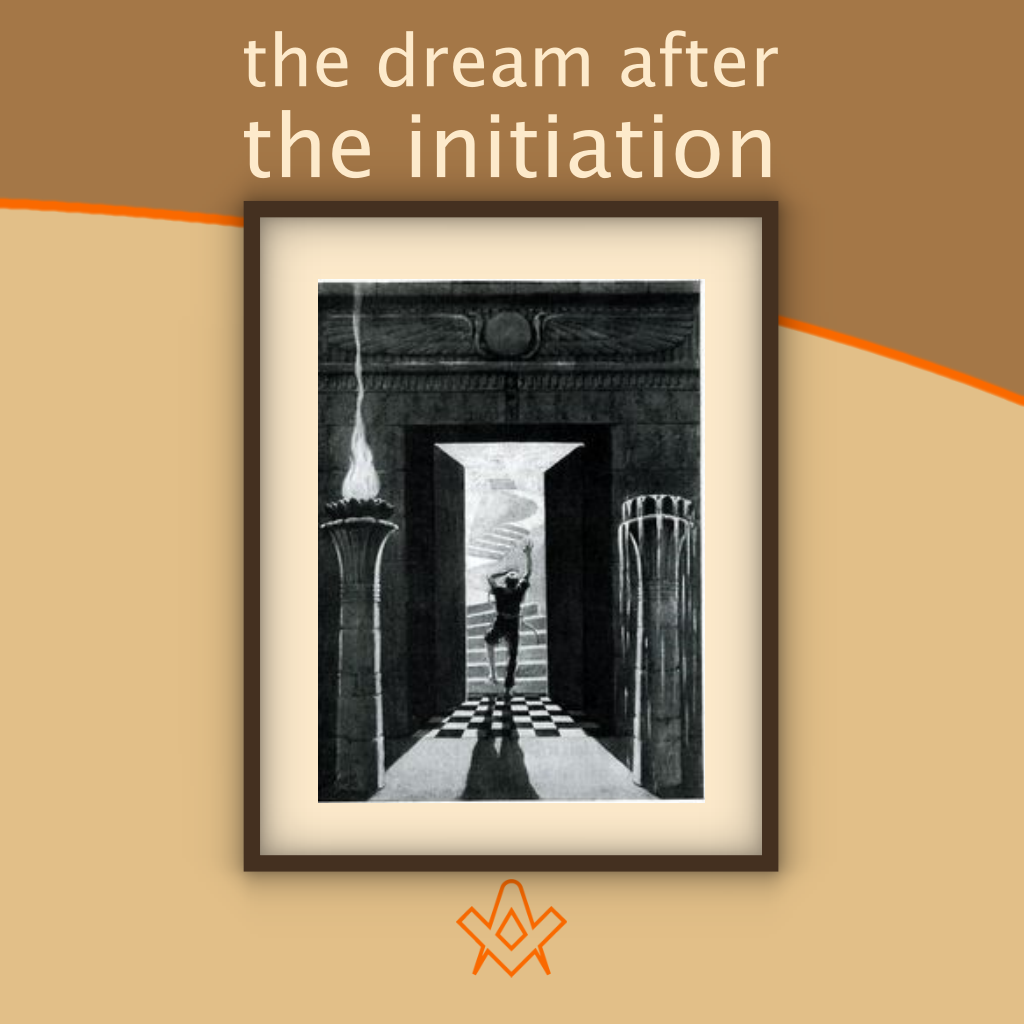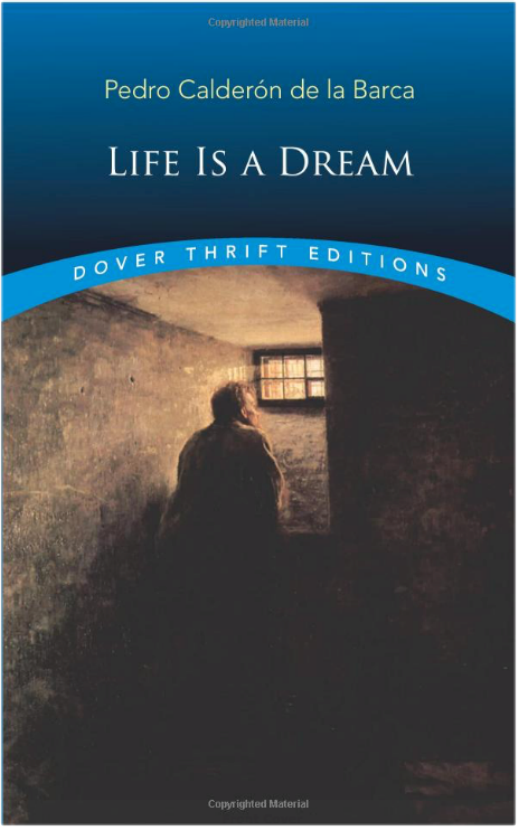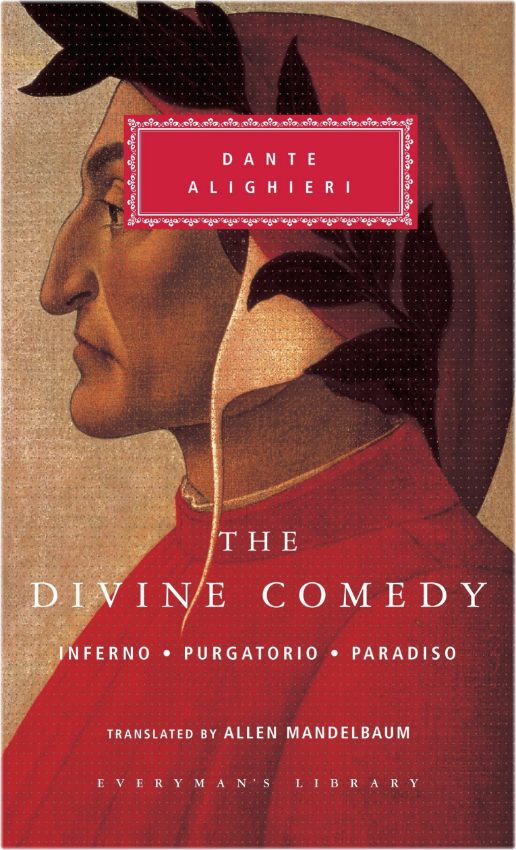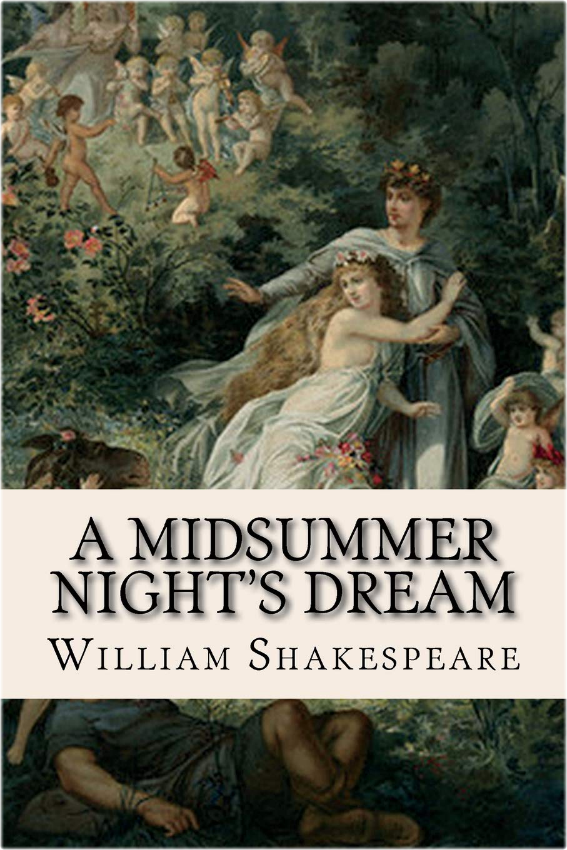The dream, in a profane sense, is understood as a biological state or condition, as that which is an integral part of daily life, as a biological necessity that allows us to restore physical and psychological functions, that is, as a state in which we find ourselves.
In a place, in a situation and in a condition of rest, with the eyes closed, in a state of total unconsciousness.
The dream, as we know, has been and continues to be one of the enigmas of scientific research, since every night when we sleep we go through different phases or stages of sleep that follow one another as a repeated pattern over four to six cycles of sleep through the night.
The layman, before receiving the Masonic light, can experience these sleep cycles during the night of his reason, during the night of his being in sleep, as a process, according to my experience, of three phases or stages of reflection, which It is possible to explain with the support of certain allegories, since this is one of the ways by which one can come to understand the experience of being in a dream.
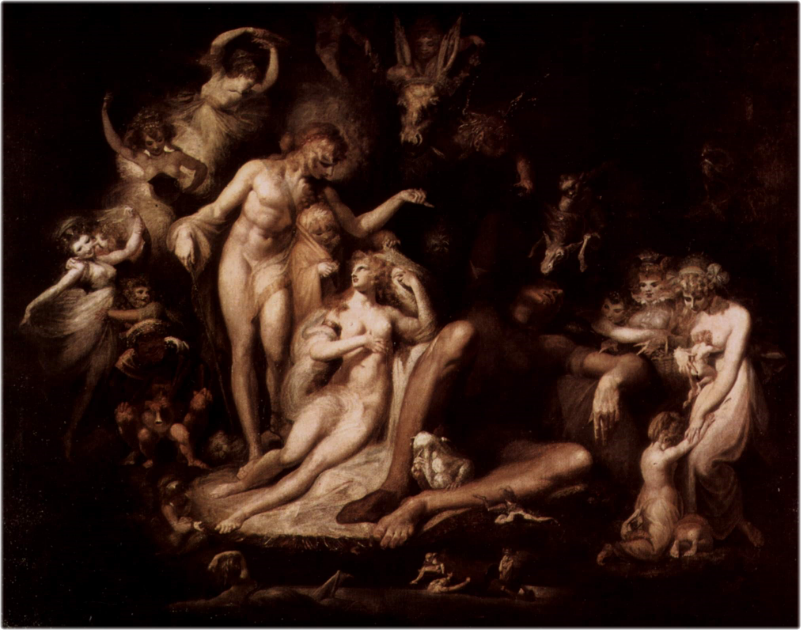
The Awakening of the Fairy Queen Titania By Henry Fuseli – The Yorck Project (2002) 10.000 Meisterwerke der Malerei
IMAGE CREDIT: (DVD-ROM), distributed by DIRECTMEDIA Publishing GmbH. ISBN: 3936122202., Stated as Public Domain
Dream and waking up well are expressed in the William Shakespeare classic A Midsummer Night’s Dream, a more accurate translation could be ‘A Saint John’s Night’s Dream‘, since A Midsummer Night’s Dream relates to the time of the summer solstice [20-21 June] in the northern hemisphere, and the celebrations of Midsummer/St John’s Day – in Spanish this would be ‘Noche de San Juan‘*.
Perhaps in those instances, the god Janus, ‘lord of the gates‘ or ‘the beginnings‘, the gateway to the loggia of the sun, the creative light, determines the time of awakening of the profane world to the Masonic light.
[Ed. *relating to St John’s Day, which falls on 24 June]
‘Life is a dream‘ says Pedro Calderón de la Barca in his masterpiece of the same name, and his character, Segismundo, in his soliloquy teaches us:
What is life? A frenzy.
What is life? an illusion,
a shadow, a fiction,
and the greatest good is small;
that all life is a dream,
and dreams are dreams.

la Barca – Las Glorias Nacionales, 1852 “D. Pedro Calderón de la Barca
IMAGE CREDIT: Wikimedia. Attribution 4.0 International (CC BY 4.0)
As a layman there is no known life outside of sleep, when he is initiated and receives the Masonic light, he is granted, as in the work of Calderón, a day in reality and, I say only one day, because many times he falls back into sleep, and reality is a dream again.
The first phase or stage of reflection of a life in dream, can be assimilated to the myth of Sisyphus, because each day of living in dream is to lift and push up the stone of profane life hoping to find truth, knowledge and light However, you never reach the top and, at nightfall, the longings for light roll again towards the foundations of the darkness of ignorance.
It is thought that in rolling the stone of profane life and meeting enlightened profane people, many worthy of being called masons without aprons, one could find an answer to the great questions of the human being, such as: Where do I come from? Who am I?, Where am I going?, Is it possible to approach the secret of human existence?, among others.
Thus, it is understood that the rationality, the intelligentsia and the single illustration of a person are not enough, they only allow them to reach the level of humanized animal, rational animal, homo sapiens, since in such conditions one still lives in dream and that to awaken from that dream, one must work to reach the level and condition of initiate and active member in Freemasonry.
The dream is what makes the remarkable difference between the profane intellectual and the Masonic initiate, since it is the work in a lodge where light is received and the tools to work, understand and successfully pass the test of Sisyphus.

Charles Baudelaire by Étienne Carjat, 1863
IMAGE LINKED: wikimedia Attribution 4.0 International (CC BY 4.0)
As Charles Baudelaire said in his work Le Guignon (Bad luck): ‘To lift such a heavy weight, your courage would take, Sisyphus! Even insisting on the work, Art is long and time is short.’
The second phase, or stage of reflection, of a dream life corresponds to a ‘lack of self-awareness’. An ignorance of the potential that exists in man to rise above himself and not live attached to profane terrain as the worm or reptile does, but it is not about living in ‘evil’, or living ‘doing evil’.
On the contrary, it is an even worse state of existence, living in ignorance of oneself that is the source and cradle of all human misery.
Being in a dream it is literally impossible to see oneself, any attempt, no matter how noble, is nothing but self-deception, because our worst enemy is ourselves, since there is no fool who knows himself.
On the other hand, the dream makes useless any effort to know the others, the others, those who do not surround them, since the dream only allows us to dimension them in their instinctive condition, in their automatic behavior, because who is not able to return looking at yourself, you can hardly discover the nature of the other.
The dream conditions us to live at the level of the ‘instinct’, at the most it will allow us to advance to the level of the ‘intellect’, but it is impossible for us being in the dream to approach, at some point in our existence, the level of the ‘intuition’.
I firmly maintain that the magnum opus to which the human being must aspire consists in passing from ‘ignorance of himself’ to ‘knowledge of himself’.

Socrates. Line engraving by P. Pontius, 1638, after Sir P. P. Rubens.
IMAGE CREDIT: Wellcome Collection. Attribution 4.0 International (CC BY 4.0)
The ‘know thyself‘ inscription engraved in the Temple of Apollo in Delphi that inspired the classical Greek philosopher Socrates, is a path that can only be travelled by awakening from profane sleep; since although our being, the ‘self’, is ‘Unknowable’, it is no less true that it is perfectly experiential in light of the wisdom of Masonic work.

Plato. Line engraving by L. Vorsterman after Sir P. P. Rubens.
IMAGE CREDIT: Wellcome Collection. Attribution 4.0 International (CC BY 4.0)
The third phase or stage of reflection of a life in a dream is similar to the ‘myth of the Platonic cave‘, since a dream state only allows us to grasp the existence of the sensible profane world, that is, the world known through the senses, completely ignoring and lacking access to the intelligible world, which is attainable only through the use of reason enlightened by Masonic initiation.
Being in a dream, one can only see pale reflections of reality as in the cave of the myth of Plato since, only the desolate image of ignorance is contemplated.
The dream is a return to the depths of the cavern in which one is born, conditioned from birth not to look back to see what was the origin of the chains and shadows of a deceptive and superficial reality.
The symbolic world, the ‘thinking in images’, which allows us to overcome the limitations of the ‘ratio’, a cognitive and discursive organ, is deprived of dreams, forgetting the ability to read through symbols to transcend rationalism and mere formal logic.
The dream does not allow us to see that the message is in the symbol, like the water in the glass. Nobody feeds on the vacuum and the container is not the water, although it is hopelessly associated with it.
It is in seeking the understanding of the symbol that the light is yearned for again, the awakening of the cavern dream is longed for, and there, in those moments, it is when the wisdom of the Freemasonic Order is present, who teaches the awakening of reason in the light, and that allows us to freely express everything that we consider to be our truths, as long as they are sustained on rational and adogmatic foundations.

Posthumous portrait of Dante in tempera by Sandro Botticelli, 1495
IMAGE LINKED: wikimedia Attribution 4.0 International (CC BY 4.0)
To live in a dream is to live in the place that Dante Alighieri described in his Divine Comedy the ‘before hell’, a space in which souls who had lived without committing merit or infamy suffer.
Place of the useless, the undecided, place of those who have left no trace when passing through the world and whose blood and tears only serve to feed the worms.
The mind and soul in dream are condemned not to overcome the river of Acharon, because they lack the courage and the will and, even more, they lack the knowledge and the light, as an obol for the payment of Charon.

The Sleep of Reason Produces Monsters. Etching by Goya 1796
IMAGE CREDIT: The Square Magazine
The dream mind is faithfully portrayed in Francisco de Goya‘s engraving: ‘The Sleep of Reason Produces Monsters’.
The dream induced by Morpheus, god of dreams, son of Hypnos [also Roman Somnus – sleep], who is the personification of the dream, leads to live in the world of Nyx, the night, mother of Hypnos, finding as a travel companion to Thanatos, death, twin brother of Hypnos. T
hus, as in Greek mythology, to be in a dream is to live in the night (Nyx), the lack of light, and it is to live together with Thanatos, who is the death of the initiate, the death of reason and the death of light.
Life tends to move from sleep to light, from the profane to the sublime, since the cycles of life are moved, among others, by the principle of causality (cause-effect), I understand as the driving energy of the Freemasonic Order Universal, which makes us walk through the mosaic of life, because by observing the principle of polarity, it is well possible to understand that one cannot claim to know light without first having not traveled the path of darkness.
… and in the world, in conclusion,
everyone dreams of what they are,
although no one understands it.
[Pedro Calderón de la Barca. Soliloquy most famous in Spanish drama; it happens at the end of the first act, when Sigismund thinks about life and his luck.]
Article by: Carlos Francisco Ortiz
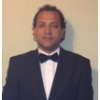
Carlos was initiated in 2015 in Equality Lodge No. 88. Joined Fraternal Action Lodge No. 42 in 2018. (under the regular Grand Lodge of Chile)
During his university life, and before receiving Masonic light, he participated in the reorganization and foundation of Clans of the Youth Fraternity. Alpha Pi Epsilon.
Life is a Dream
by Pedro Calderón de la Barca
A product of the golden age of Spanish drama, Life Is a Dream (La vida es sueño) is the masterpiece of Pedro Calderón de la Barca (1600–1681), a contemporary of Lope de Vega and one of Spain’s greatest literary figures.
Acclaimed for his superb dramatic instincts and philosophical seriousness as well as his extraordinary imagination, Calderón exercised his best qualities in this allegorical play, an exploration of the mysteries of human destiny, the illusory nature of earthly existence, and the struggle between predestination and free will.
The story revolves around the moral dilemmas of a Polish prince, unjustly imprisoned by his suspicious father.
Against a background of revolution, Calderón builds a dramatic edifice of outstanding theatricality, rich in symbolism and metaphor, expressed in magnificent poetry.
This excellent new English translation is absolutely complete, and as close and direct as possible.
Ample footnotes and an informative introductory Publisher’s Note enhance the value of its modest price.
The Divine Comedy:
Inferno; Purgatorio; Paradiso
This Everyman’s Library edition–containing in one volume all three cantos, Inferno, Purgatorio, and Paradiso–includes an introduction by Nobel Prize—winning poet Eugenio Montale, a chronology, notes, and a bibliography.
Also included are forty-two drawings selected from Botticelli’s marvelous late-fifteenth-century series of illustrations.
Translated in this edition by Allen Mandelbaum, The Divine Comedy begins in a shadowed forest on Good Friday in the year 1300.
It proceeds on a journey that, in its intense recreation of the depths and the heights of human experience, has become the key with which Western civilization has sought to unlock the mystery of its own identity.
Mandelbaum’s astonishingly Dantean translation, which captures so much of the life of the original, renders whole for us the masterpiece of that genius whom our greatest poets have recognized as a central model for all poets.
A Midsummer Night’s Dream
A Midsummer Night’s Dream is a comedy play by William Shakespeare, believed to have been written between 1590 and 1596.
It portrays the events surrounding the marriage of the Duke of Athens, Theseus, and Hippolyta. These include the adventures of four young Athenian lovers and a group of six amateur actors (mechanicals), who are controlled and manipulated by the fairies who inhabit the forest in which most of the play is set.
The play is one of Shakespeare’s most popular works for the stage and is widely performed across the world.
Recent Articles: by Carlos Francisco Ortiz
 Universal Freemasonry, beyond its particular and different rites and rituals, is an esoteric school itself since there can be no Freemasonry without esotericism. |
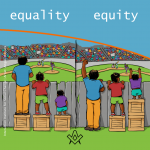 The difference between equity and equality? Equality means providing everyone with the same amount of resources regardless of their needs. Equity is when resources are shared based on each person needs. |
 Discover how the Grand Lodge of China escaped the power of communism. |
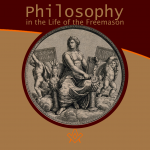 Philosophy in the Life of the Freemason Before the dark night of dogmatic thought, philosophy is the dawn of man, and the light for the Mason in his search for truth. |
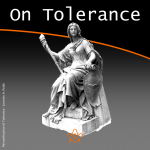 Tolerance is understood as respect for the ideas, beliefs, and practices of others when they are different or contrary to one's own. |
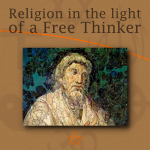 Religion in the light of a Free Thinker Every Mason is a sincere seeker of light, of all light that allows him to advance in his search for truth. |
 Life is shadow, death is light. We live in darkness and we die in the light - read on to learn more about 'a Mason's thought about death'. |
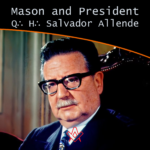 A Mason betrayed - the tragic story of President Salvador Allende. |
 The Mason and his Consciousness of Time Nobody can buy life, life is spent and the expense of life is time. As time goes by, life is spent. |
 Human life is itself trial and error, however, there are errors and horrors, and that is the remarkable difference between the actions of the profane and the actions of the Mason. |
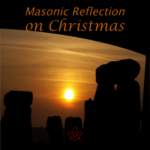 Masonic Reflection on Christmas What is the connection between Freemasonry, Christmas and pagan festivals? |
 Dear Brother - Q∴H∴ Jaime Galté Carré |
 Development of the Emulation Ritual Relevant historical background in the evolutionary development of the Emulation Ritual |
 What is Retejador? And why is it so important? |
 The Dream After the Initiation The dream, in a profane sense, is understood as a biological state or condition, as that which is an integral part of daily life |
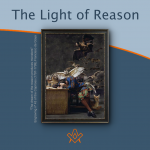 How does man think to himself and think of the universe |
masonic knowledge
to be a better citizen of the world
share the square with two brothers

click image to open email app on mobile device



